- Trending Games
- That’s not my Neighbor
Advertisement
Advertisement
Advertisement
Advertisement
Advertisement
Advertisement
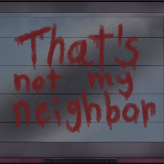
That’s not my Neighbor
That's Not My Neighbor is a game designed for 3 to 6 players. Each player assumes the role of a resident in a quirky neighborhood filled with colorful characters, each with their...
GAME INFO
Categories & Tags:
Related Games
Introduction
In the realm of board games, there's a genre that particularly excites the imagination and brings out the detective in all of us – mystery games. Among these, That's Not My Neighbor stands out as a thrilling and captivating experience. This game plunges players into the heart of a mysterious neighborhood where they must deduce the identities of their secretive neighbors. With its blend of deduction, strategy, and suspense, That's Not My Neighbor promises hours of immersive fun for players of all ages. If you're ready to embark on a journey of intrigue and deduction, read on to discover how to master the art of playing That's Not My Neighbor.
Understanding the Game:
That's Not My Neighbor is a game designed for 3 to 6 players. Each player assumes the role of a resident in a quirky neighborhood filled with colorful characters, each with their own secrets and quirks. The objective of the game is to be the first player to correctly identify all the other players' characters while keeping your own identity concealed.
Gameplay Mechanics:
That's Not My Neighbor unfolds in a series of rounds, with players taking turns to gather clues and make deductions about their neighbors' identities. The game proceeds as follows:
Clue Gathering: On their turn, a player selects a character card from the draw pile and secretly looks at it. This card represents a neighbor in the community. The player then announces a clue about the character's identity to the group. Clues can range from physical descriptions (This neighbor wears glasses) to personality traits (This neighbor loves gardening).
Deduction: After hearing the clue, the other players try to deduce which neighbor the clue pertains to. Players may use deductive reasoning, memory, and intuition to narrow down the possibilities.
Guessing: Once players have made their deductions, they may choose to guess the identity of a neighbor. If correct, the guessed neighbor reveals their card, confirming the guess. If incorrect, the guessing player is eliminated from the round.
Winning the Game: The game continues until one player successfully identifies all the neighbors or until there's only one player left standing. The first player to correctly identify all the neighbors wins the game.
Conclusion
That's Not My Neighbor is a delightful blend of deduction, strategy, and social interaction that promises endless entertainment for players of all ages. By mastering the art of gathering clues, making deductions, and strategically guessing your neighbors' identities, you can emerge victorious in this captivating mystery game.

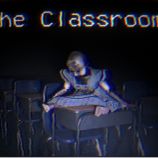


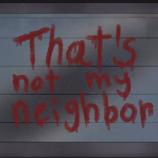








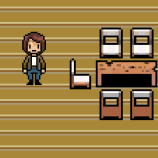







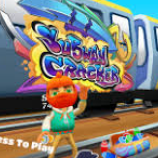



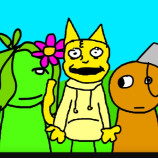
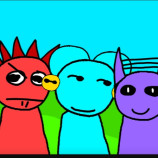
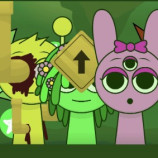

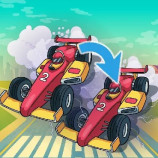
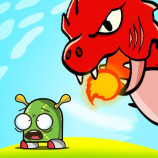

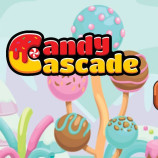
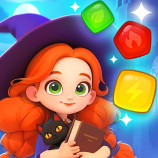
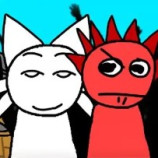




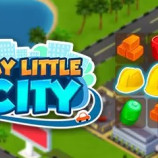

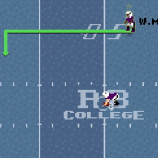
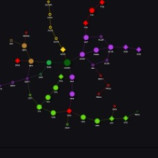
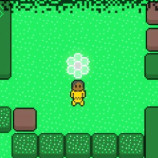




Discuss: That’s not my Neighbor